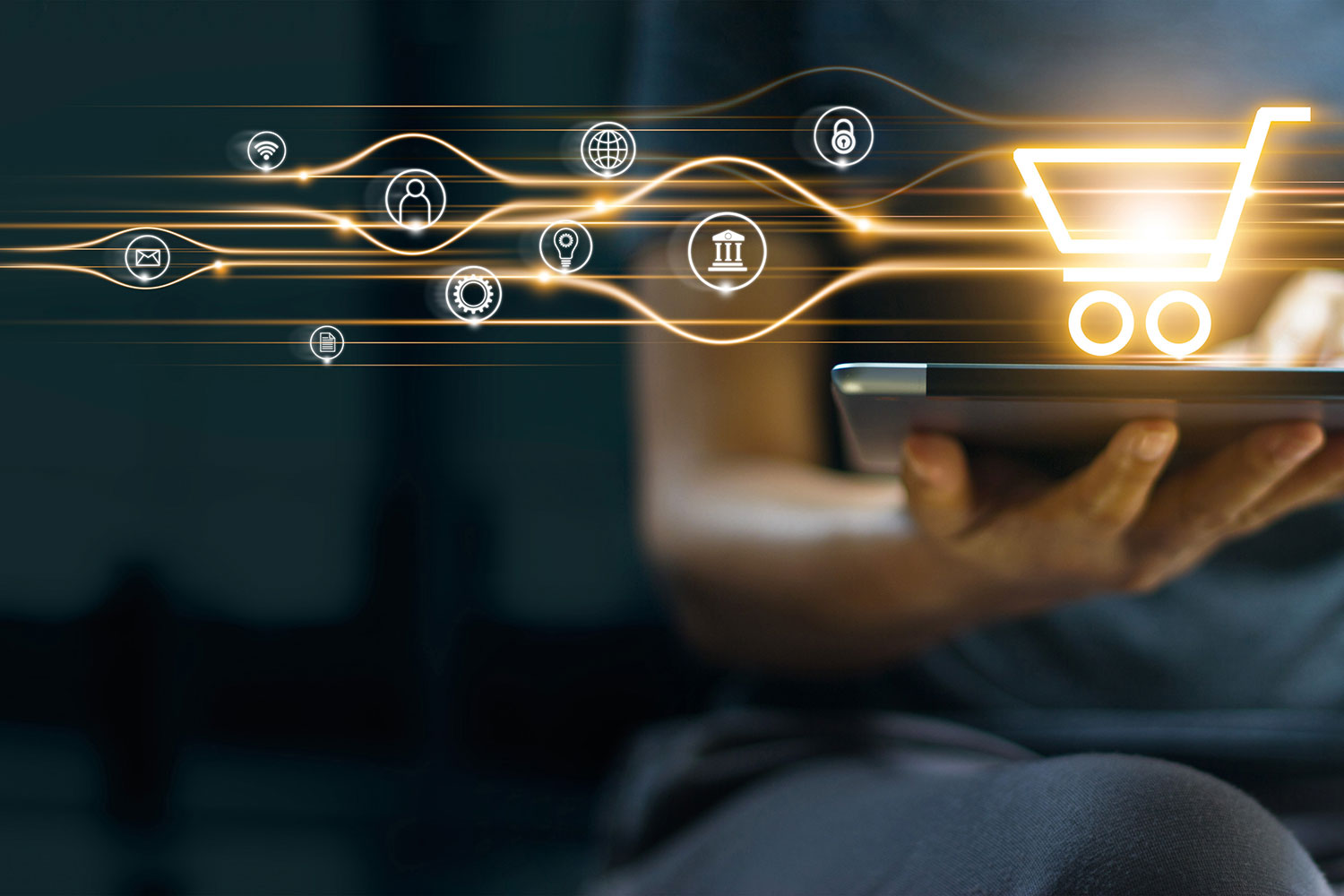
Clients and agencies often ask us about the right time to use content and where the customer journey can have the greatest possible effect with content.
Like so much in life, this question depends on various factors. Unfortunately, if you are looking for the ONE answer, I have to disappoint you. When used strategically, content can provide valuable support throughout the entire customer journey or even take over the main work itself. In the course of this article, I will reveal what you should pay attention to.
Customer Journey – A short definition
But before we go through the practical examples of what content brings at what time and what you should pay attention to, let’s take a quick look at the Customer Journey. This “journey” simply refers to the phases or steps that a potential customer goes through until the desired action (purchase, download, signup, etc.) is achieved. In real life, these processes are complex, very individual and rarely linear. Various companies have dealt with these processes and provided explanatory models. Each of these models focuses on a different aspect of the journey, depending on what you want to explain or where the strengths of your own product portfolio lie (right, Google?).
The common models in comparison
This model was developed by McKinsey and consists of the following four phases:
- The user has a need and is looking for possible solutions. These are limited to the brands he already knows.
- The user sorts his preferences, searches for information and analyzes which offer he likes most.
- In the end, the user decides on a specific solution and thus turns from a user into a customer.
- At the next Customer Decision Journey, the customer considers the experiences already made.
It is worth mentioning that this is a closed loop and that McKinsey is talking about touchpoints – opportunities where customer and brand come into contact with each other.
Moments of Truth is another well-known customer journey model and was developed by Procter & Gamble.
- The customer becomes aware of the brand or product through a stimulus (e.g.: online, radio or TV advertising)
- If the stimulus was enough, the customer decides for this brand/product in the store (First Moment of Truth).
- At the “Second Moment of Truth” the customer consumes the product and forms his opinion through experience.

source: coliquio
Of course, Google has also dedicated itself to the Customer Journey and established its own model.
Following the model of Procter & Gamble, Google introduces so-called “Zero Moments of Truth”, also known as “micro moments”.
In these moments active user interest is in the foreground (I-want-to-…). It is precisely here, for example, that valuable conclusions for a content marketing strategy can be derived from search behavior.

source: Google
The Purchase Funnel – Oldie but Goldie
No matter which model of the Customer Journey you use for your own content marketing measures, they all have one thing in common: they aim to provide useful, informative or entertaining content, along the most important touch points.
As early as 1898, Elias St. Elmo Lewis developed the Customer Journey model, also known as the AIDA formula. Even though it is already over 120 years old, it has not lost any of its importance to this day. Even if we no longer assume a simple, linear journey, this model is impressive precisely because of its simplicity and is therefore suitable for sorting out users in our minds.

1. Awareness
The buyer becomes aware that he has a need. He begins to inform himself.
2. Consideration
Now the buyer is actively looking for solutions. Products and services are compared.
3. Action
The buyer has found the solution and makes a decision.
4. Loyalty
Now it is important to stay tuned. Buyers become repeat customers and enthusiastic customers
become apostles.
But enough of the mere theory: I’ll show you how we have implemented campaigns for different phases of the customer journey and what we have achieved. Click the graphic to learn more about the cases.

With linear storytelling based on explanatory texts and several short videos, various product functions were shown “in action” and thus aroused the desire for the product.
In the form of magazine-like landing pages, data-based and tested content was used to show users the relevant facets of Styria. This brought readers closer to making a decision for their vacation destination.
In an editorial advertorial, the Kia e-Niro was presented to the target group by means of text, video and slideshows. Activating speech and the possibility to register for a test drive brought the readers one step further towards action.
Content along the customer journey: 5 tips for the right use
For all those who feel inspired by our cases and would like to get started right away, I have a few tips:
#1 Put on customer glasses
The first and most important step. If we manage to move mentally from the question “What do I want to sell?” to “What does the customer need?”, a lot has already been achieved. Let’s rather deal with consumers’ questions, with their fears and problems or what gives them pleasure and why. But to differentiate between the phases, it is also important to think about what consumers already know and what might help them next. So it makes a huge difference whether, for example, I want to convince someone of electric mobility first or have to explain the difference between plug-in and mild hybrid drive.
#2 Start with the goal
There is no success control without measurement. And in order to measure, we need to know what we actually want to achieve and which phase of the customer journey we are aiming at. Because when the beautiful awareness campaign is measured by the number of leads at the end of the day, the faces are often sour. Therefore, it is important to think about the right attribution. Because early passes are often overlooked in the journey.
#3 Choosing the right tool
If steps 1 and 2 have been performed carefully, this step should not be too difficult anymore. If I have to explain a difficult topic, I need space for it. With Content Garden we focus on longer texts, which we enrich with videos and graphics, for example. This allows readers to deal with the topic in detail. If, on the other hand, I want to generate leads or sell products, I need lower-level forms and product carousels that are embedded in the appropriate content. Of course, the channel also plays a role at this point. A credible environment in quality media with high content engagement also has positive effects on the impact of advertising content, as only a media impact study has shown recently.
#4 Stay realistic
The further we move towards completion in the customer journey, the more difficult it becomes to achieve results directly. That is obvious. No one will buy a car immediately after reading an article about electromobility. That’s why the customer journey is broken down into sub-goals and it’s better to approach the issue with realistic expectations.
#5 What is success and how do we optimize?
If all steps have been followed so far, it is clear at this point what you want to achieve, how you measure this goal and what partial successes along the way might look like. Now look for the metrics that reflect this success (spoiler: it is not always just the click-through rate). You now observe the content measures very carefully – ideally you work with A/B tests as well as multiple approaches and story lines – and optimize them. Established theses are checked with targeted tests. In this way, one comes closer to success – perhaps slowly, but surely.





